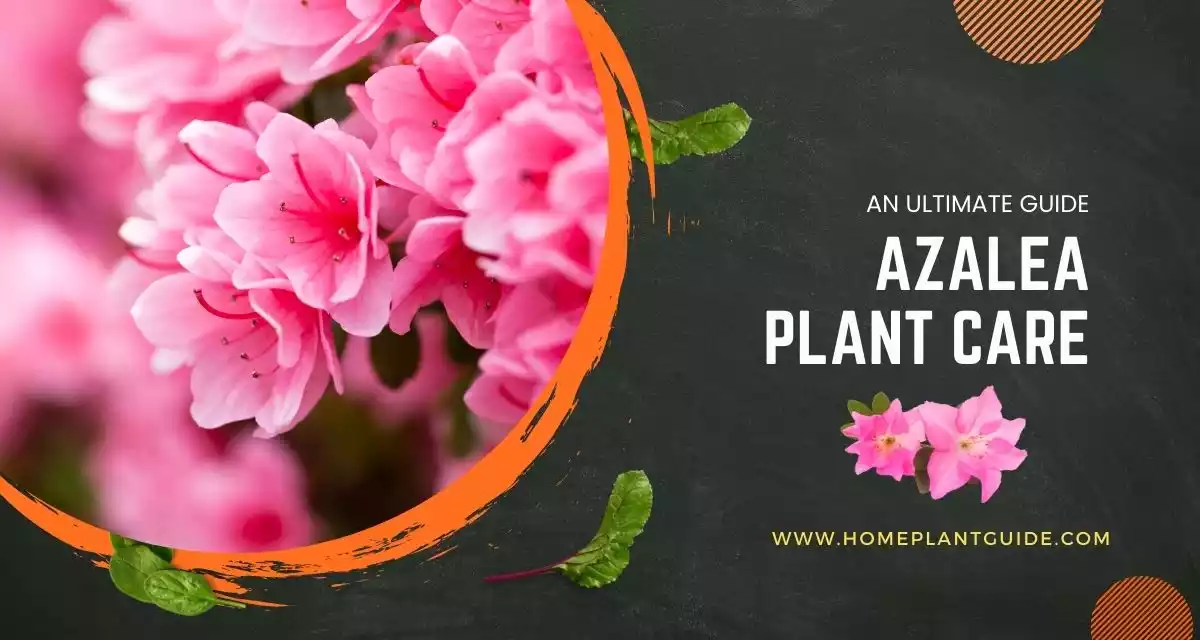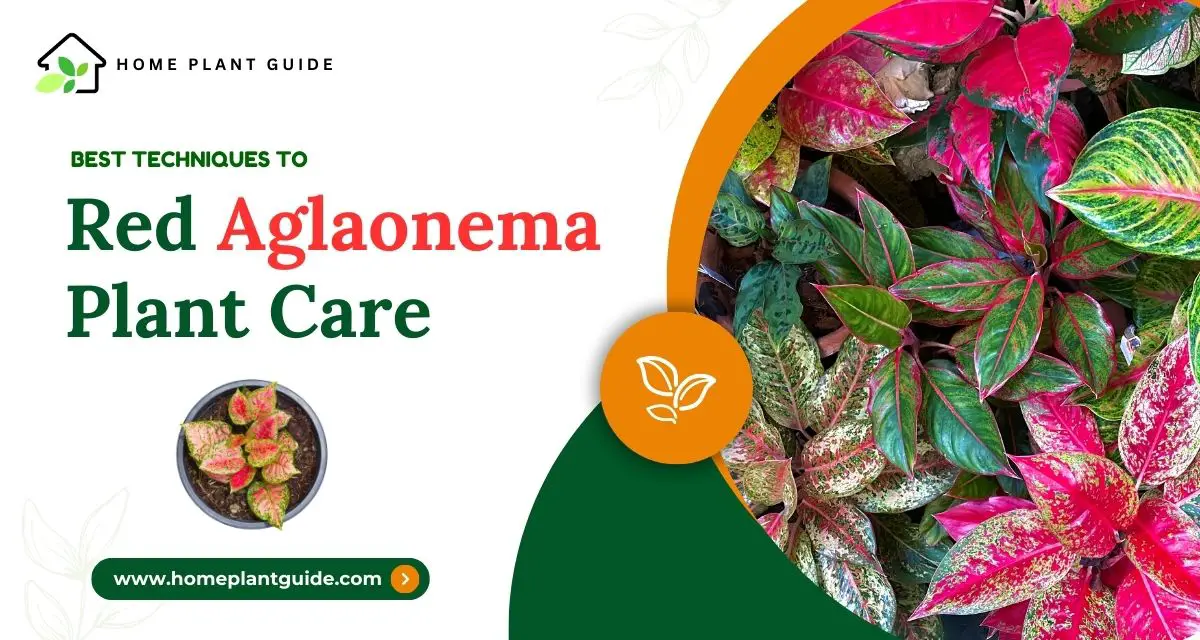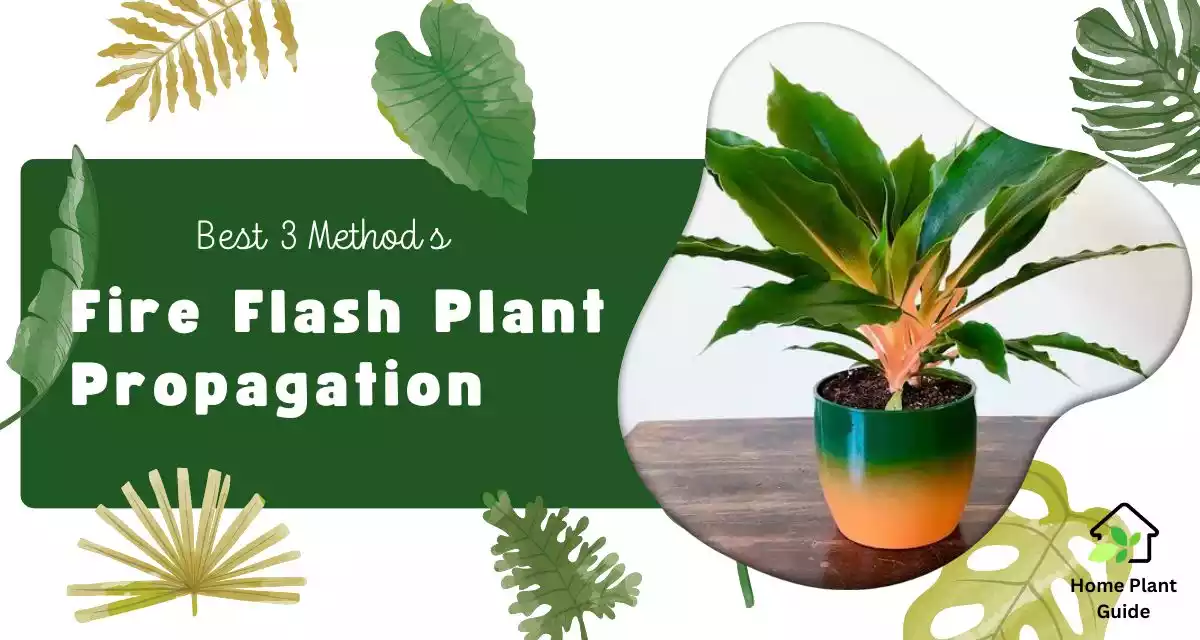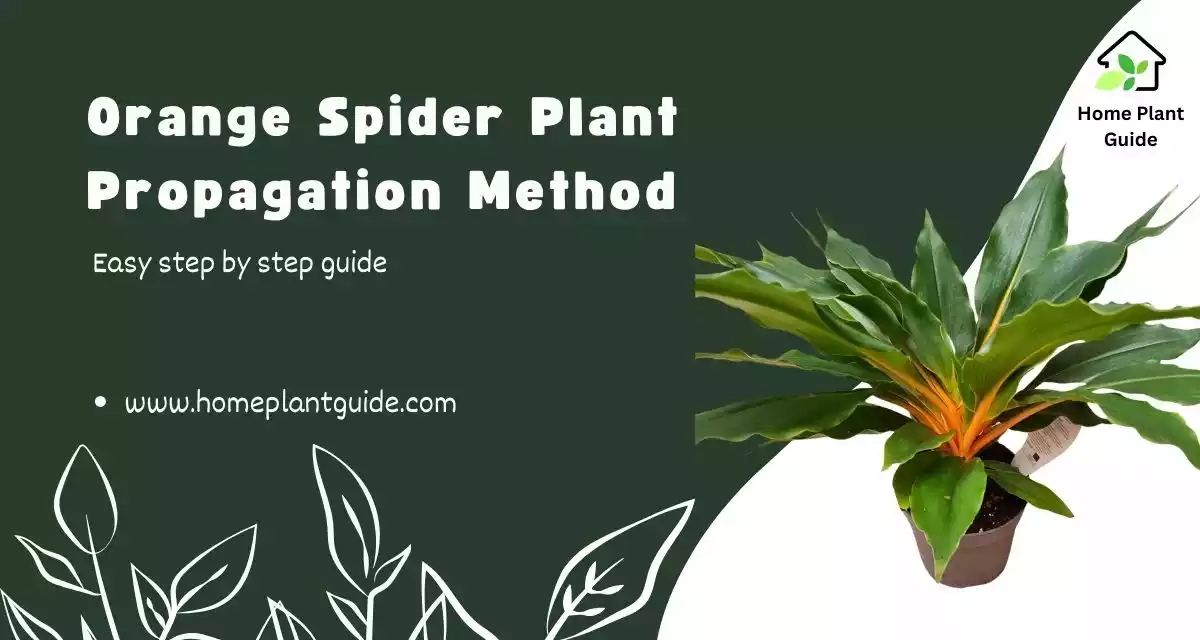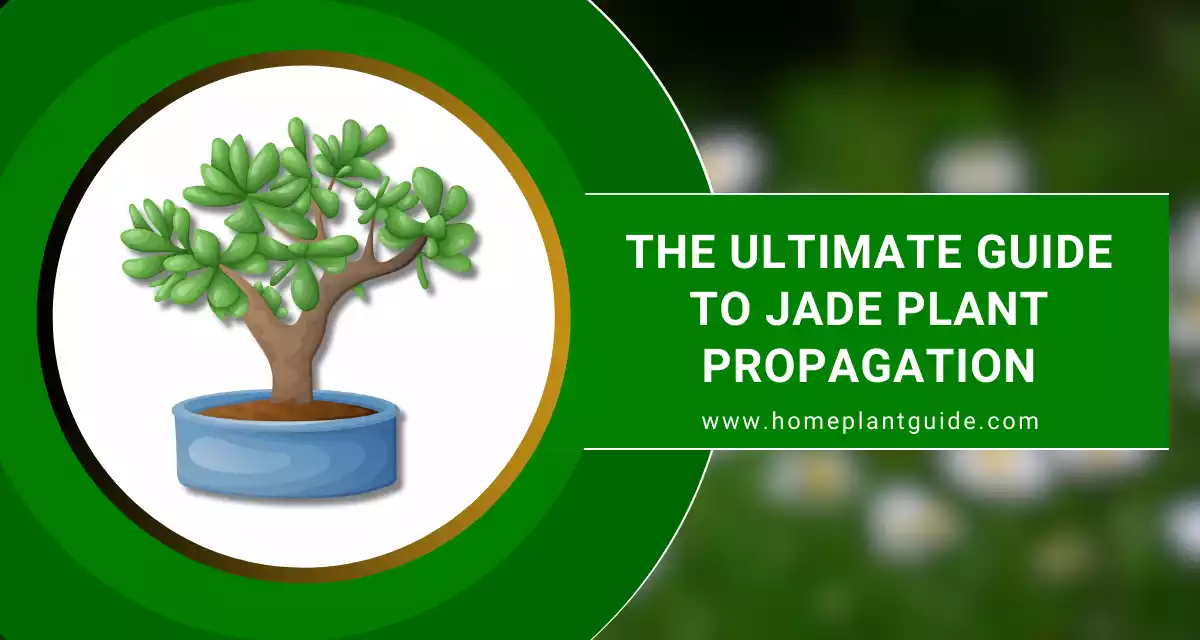The split leaf philodendron is also known as the Swiss cheese plant. This is very popular due to its attractive foliage and its low maintenance. It is a lovely houseplant with enormous and exotic leaves.
It is native to the rainforests of Central and South America. It has broad and heart-shaped leaves that develop metaphorical cracks and holes when they mature, which is why it is commonly called “Swiss Chееsе Factory.”

Split leaf philodendron have stunning looks and growth that bring botanical elegance to any interior.
Split-leaf philodendrons are beautiful and easy to care for houseplants. if you are looking for an attractive and low-maintenance plant for your home or workspace, then they are the best choice for plant lovers because they are adaptable to different lighting situations.
In This Article
Specification of Split Leaf philodendron
These are some important specifications of this indoor plant.
| General Name | Split-leaf philodendron, Swiss cheese plant, window leaf philodendron, ceriman |
| Scientific Name | Philodendron bipinnatifidum |
| Plant Family | Araceae |
| Type of Plant | Perennial, epiphytic vine |
| Plant Height | 30-70 feet (9-21 meters) |
| Leaf Size | 12-24 inches (30-60 centimeters) |
| Sun Exposure | Bright, indirect light |
| Type of Soil | well-draining soil that is rich in organic matter |
| Soil pH Value | Slightly acidic to neutral |
| Hardiness Zones | 9-11 (USDA) |
| Native Area | The rainforest area of Central and South America. |
| Toxicity | Toxic to humans and animals if ingested |
| Bloom Time | Rarely flowers indoors |
Aditional Speciality:
- Split-leaf philodendrons can be grown in pots or hanging baskets.
- To train a split-leaf philodendron to climb and provide it with support such as a moss pole or trellis.
- Split-leaf philodendrons are non-toxic to pets but they can cause irritation to the skin and eyes if ingested.
Types of Split Leaf Philodendron
Plant lovers will appreciate several notable Split Lеaf Philodendron varieties.
1. Philodendron selloum
This type of split-leaf philodendron has smaller leaves than the Philodendron bipinnatifidum.
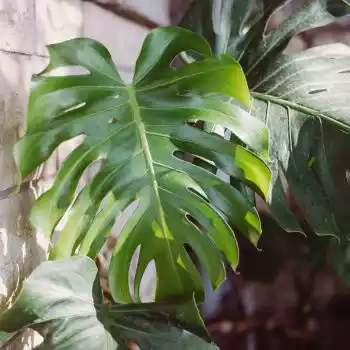
2. Philodendron ‘Xanadu‘
This type of hybrid has smaller and more compact leaves than the Philodendron bipinnatifidum. The leaves are also a lighter shade of green with more variegation.
3. Philodendron ‘Emerald Queen‘
This hybrid Philodendron has a large size and dark green leaves with a velvety texture. The leaves are also deeply lobed with serrated edges.
4. Philodendron ‘Brasil’
This hybrid has long and slender leaves that are variegated with yellow and green colours. The leaves are also deeply lobed with serrated edges.
How to Care Split Leaf Philodendron
Light
Provide bright indirect sunlight. Avoid direct sunlight because it might cause the leaf to burn.
Watering
Do not watch until the top 1 inch of soil is dry. Generally, water is moderate in winter. An excess of water causes root rot.
Humidity
Broadlеaf philodеndrons flourish in high humidity and keep their surroundings moist. Use a humidifier or have a basin of water nearby.
Temperature
Try to maintain a temperature of 18–20°C. Avoid drafts and temporary effects.
Fertilizer

Apply a balanced liquid fertilizer about once a month during the growth season from Spring to Summer.
Trimming
Remove any dead or damaged leaves to promote healthy development. Try to provide an appropriate tray or post to help the growing plant.
Replantation
Plants are typically transplanted every two to three years after they have been established.
Pests
Common houseplant pests such as spider mites and scale insects should be avoided.
Split Leaf Philodendron Propagation
Choose a healthy cutting
Choose a section of the stem with at least one node (with a leaf or aerial root) and one or two leaves.
Cut immediately below the knot with clean and sharp scissors or clippers.
Water propagation
Provide indirect lighting and change the water every couple of days. Roots will appear in a few weeks.
Provide indirect lighting and change the water every couple of days. Roots will appear in a few weeks.
Soil Propagation
Placе cuttings immеdiatеly into a well-draining potting mix where the nodеs can be buriеd for soil propagation.
Make a little grease by softly hydrating it and covering it with a plastic bag or plastic wrap.
Keep the soil moist and roots will sprout in a few weeks.
Choose the right soil for your split-leaf philodendron
- Make sure the soil is well-draining. It will help to prevent root rot.
- Choose a soil that is rich in organic matter.
- Do not use soil that is too heavy or compacted. It can resist root growth and make it difficult to absorb water and nutrients.
Transplanting
Put the cuttings into a big pot with a healthy plant when the roots are around 5-7 cm long.
Large Split Leaf Philodendron
The large philodendron is an amazing houseplant notable for its size. Maturе lеavеs may grow to be over 60 cm tall and have symbolic gaps and holes, which is why they are named “Swiss Chееsе Factory.”
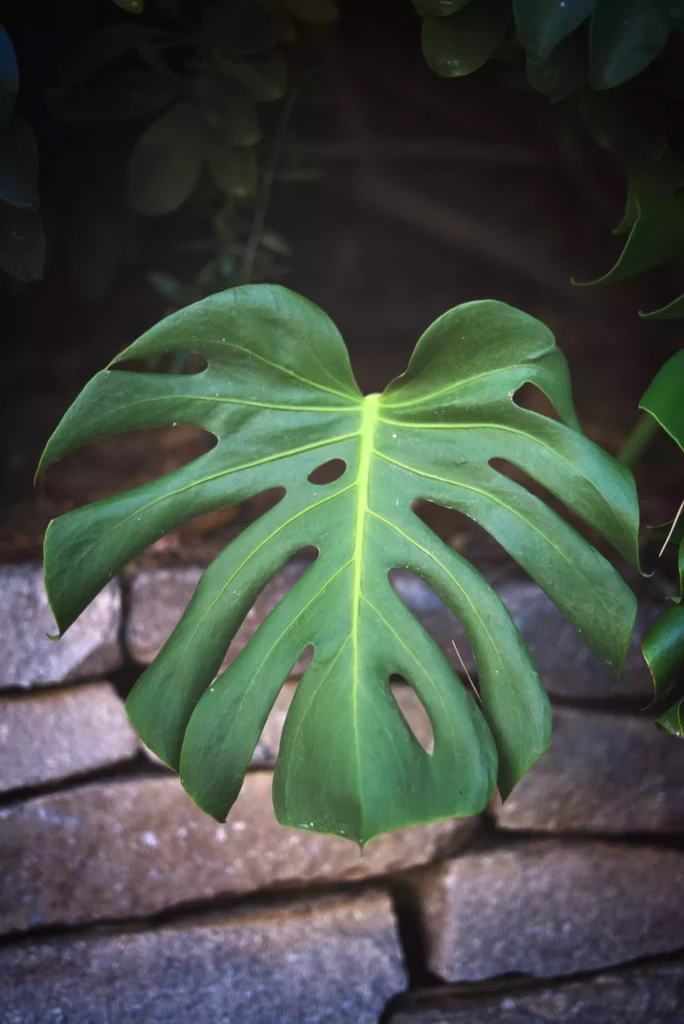
This lush tropical beauty adds a youthful appeal to rooms and is a popular interior design choice. It is quite simple to care for, flows in moderate light and needs regular washing.
It requires a large container to grow. The immense split leaf philodendron is a striking element that provides a splash of colour and tropical appeal to any area.
Is Split Leaf Philodendron Toxic to Cats?
Yes, the split leaf philodendron is considered toxic to cats. This plant contains calcium oxalate crystals, which might irritate your cat’s mouth, tongue, and throat if eaten or consumed.

This inflammation might result in drooling and pain. Swelling and difficulty breathing may develop in many cases. If your cat consumes huge amounts of this plant, it may result in more serious health issues.
Keep the philodendron out of reach of your cat and contact your veterinarian if you suspect consumption or toxicity to protect your cat’s health.
Why is My Split Leaf Philodendron Turning Yellow?
Yellowing of leaves of deciduous philodendrons might indicate several issues:
Excessive watering
Too much moisture in the soil can cause root rot, which reduces the plant’s capacity to absorb nutrients and causes leaves to turn yellow.
Undеrwatеring
Insufficient watering can cause the plant to get stressed and the leaves to become yellow. Make sure that the soil is continually wet but not saturated.
Inadequate drainage
Improper drainage in the pot might allow water to build which produces root issues and leaves. Replant the plant if the drainage is inadequate.
Inadequate lighting
Improper lighting can result in poor chlorophyll production and leaf blowing. Ensure that the plant gets enough indirect sunlight.
Nutrient Dеficiency
Yеllowing can be caused by a lack of critical nutrients, particularly nitrogen. Fertilize the plants during the growth season.
Pests and diseases
Look for common pests and illnesses on houseplants since they can cause light discoloration. Treat as needed.
FAQ:
Q: How do I prune my split-leaf philodendron?
Split-leaf philodendrons do not require regular pruning. However, you may need to prune your plant if it is overgrown.
Q: Why are my split-leaf philodendron leaves turning brown?
1. The most common cause is underwatering. If the soil is too dry, the leaves will start to turn brown and fall off.
2. Another possible cause of brown leaves is overwatering.
3. Other possible causes of brown leaves include:
a) Much more direct sunlight to fall above.
b) Due to little humidity.
c) Fertilizing too often.
Read More Healthy Plantation:
